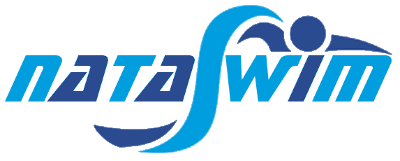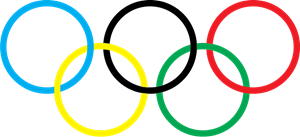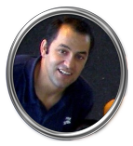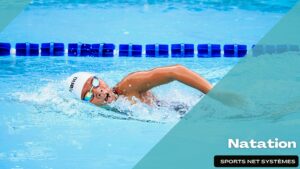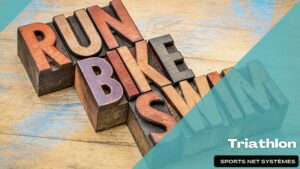Freestyle As the hand enters into the water, the wrist and elbow follow and the arm is extended to the starting position of the propulsive phase. Upward rotation of the shoulder blade allows the swimmer to reach an elongated position in the water. From this elongated position, the first part of the propulsive phase begins with the catch. The initial movements are first generated by the clavicular portion of the pectoralis major. The latissimus dorsi quickly joins in to assist the pectoralis major. These two muscles generate a majority of the force during the underwater pull, mostly during the second half of the pull. The wrist flexors act to hold the wrist in a position of slight flexion for the entire duration of the propulsive phase. At the elbow, the elbow flexors (biceps brachii and brachialis) begin to contract at the start of the catch phase, gradually taking the elbow from full extension into approximately 30 degrees of flexion. During the final portion of the propulsive phase the triceps brachii acts to extend the elbow, which brings the hand backward and upward toward the surface of the water, thus ending the propulsive phase. The total amount of extension taking place depends on your specific stroke mechanics and the point at which you initiate your recovery. The deltoid and rotator cuff (supraspinatus, infraspinatus, teres minor, and subscapularis) are the primary muscles active during the recovery phase, functioning to bring the arm and hand out of the water near the hips and return them to an overhead position for reentry into the water. The arm movements during freestyle are reciprocal in nature, meaning that while one arm is engaged in propulsion, the other is in the recovery process.
Several muscle groups function as stabilizers during both the propulsive phase and the recovery phase. One of the key groups is the shoulder blade stabilizers (pectoralis minor, rhomboid, levator scapula, middle and lower trapezius, and the serratus anterior), which as the name implies serve to anchor or stabilize the shoulder blade. Proper functioning of this muscle group is important because all the propulsive forces generated by the arm and hand rely on the scapula’s having a firm base of support. Additionally, the shoulder blade stabilizers work with the deltoid and rotator cuff to reposition the arm during the recovery phase. The core stabilizers (transversus abdominis, rectus abdominis, internal oblique, external oblique, and erector spinae) are also integral to efficient stroke mechanics because they serve as a link between the movements of the upper and lower extremities. This link is central to coordination of the body roll that takes place during freestyle swimming.
Like the arm movements, the kicking movements can be categorized as a propulsive phase and a recovery phase; these are also referred to as the downbeat and the upbeat. The propulsive phase (downbeat) begins at the hips by activation of the iliopsoas and rectus femoris muscles. The rectus femoris also initiates extension of the knee, which follows shortly after hip flexion begins. The quadriceps (vastus lateralis, vastus intermedius, and vastus medialis) join the rectus femoris to help generate more forceful extension of the knee. Like the propulsive phase, the recovery phase starts at the hips with contraction of the gluteal muscles (primarily gluteus maximus and medius) and is quickly followed by contraction of the hamstrings (biceps femoris, semitendinosus, and semimembranosus). Both muscle groups function as hip extensors. Throughout the entire kicking motion the foot is maintained in a plantarflexed position secondary to activation of the gastrocnemius and soleus and pressure exerted by the water during the downbeat portion of the kick.
